What to do if the tiles on the wall come off?
Despite the variety of modern finishing materials, tiles are still one of the most popular for walls. It fits well into the interior, is easy to maintain, and many people can learn how to lay tiles themselves. But sometimes in the kitchen or bathroom you suddenly discover that one or more tiles are moving away from the wall. This is unpleasant, but fixable, and you can cope with this situation on your own.
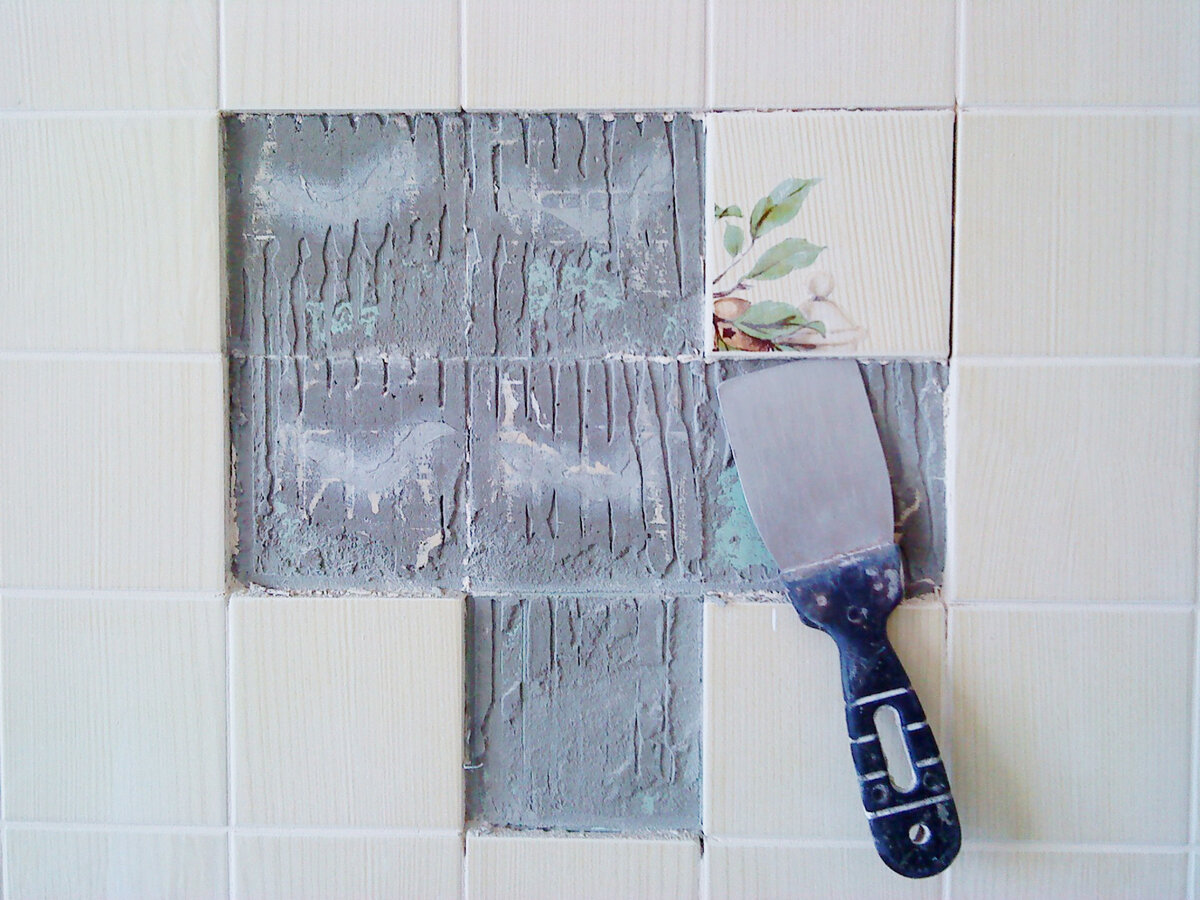
The content of the article
Why did the tiles start to come off?
"What's happened?" is a question that many owners have when they see loose tiles. After all, just yesterday there were no signs of trouble, and all the tiles adhered well to the wall.
But there was a reason for what happened. Here's what could lead to a violation of the integrity of the finish:
- The surface is not well prepared. The tile requires special preparatory work on the wall.
Important! In order for the tiles to be securely fixed on a vertical surface, the wall must be carefully leveled, cleaned, plastered and primed.
- Selecting and working with tile adhesive. If the composition was stored in violation of the conditions, the proportions were not observed when diluting, or a low-quality adhesive was chosen for the work, the tile may fall off. But a good composition does not guarantee strength if it is applied too thinly or unevenly.
- Increased humidity in the room is another reason why the tiles did not hold up.
Knowing the reasons will help you avoid problems in the future, but what to do in the present? First, let's assess the size of the “disaster.”
Is it coming off or has it already fallen off?
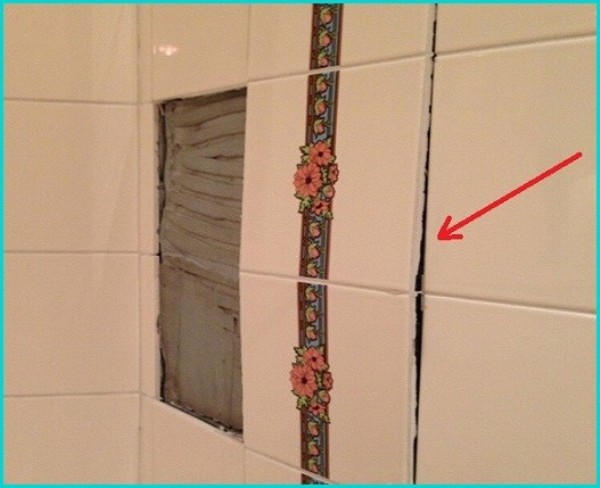
It is clear that you need to deal with already fallen tiles. But can we be calm about the rest? Or do we need to be mentally prepared that such falls will happen again?
To answer this question, let’s check the strength of fastening of all other finishing elements.
- Gently tap each tile on the wall. Do this in silence so that you can clearly hear the sound that appears when you tap.
Reference. A sign of a violation of strength becomes a special sound, which is usually called “empty”. It is more sonorous compared to the dull sound that appears when tapping on tightly glued tiles.
- If you find places with a ringing sound, pay attention to their location. If it is a single element, you don’t have to worry about it falling for a while. Adjacent tiles and the common joints between them will hold a single piece that has begun to come off.
- Found several tiles with this sound? Plan to strengthen them in the near future.
- If, when tapped, the tile responds not only with sound, but also with movement, do not delay the repair! And be careful: the tiles can fall at any time.
Fixing the problem
Carrying out repair work consists of several stages.
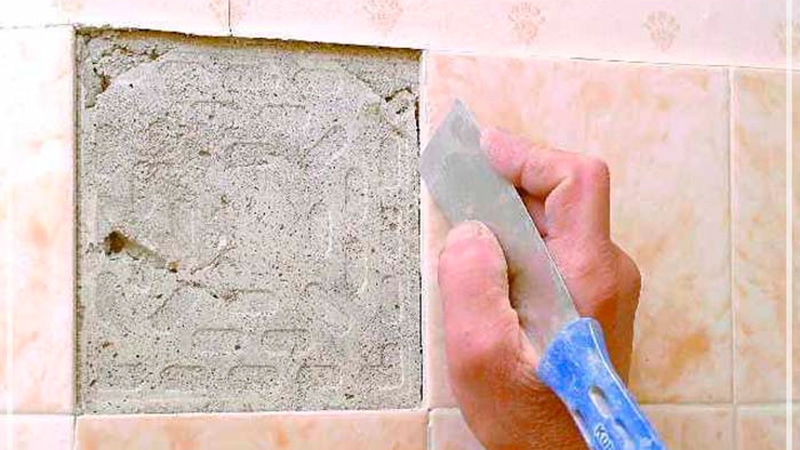
Preparing tiles and surfaces
- If the tile moves away but does not fall, you will have to remove it yourself. Using a sharp knife, carefully remove the seams that hold the tiles together. Experienced craftsmen do this using special tools - embroiders, engravers with reinforced circles, etc.
- The entire tile can be reused. If its integrity is compromised, you will have to get a spare one.
- Remove the remaining tile adhesive from the wall using a chisel and hammer.
- A primer is applied to the wall and left for 2-3 hours.
Gluing
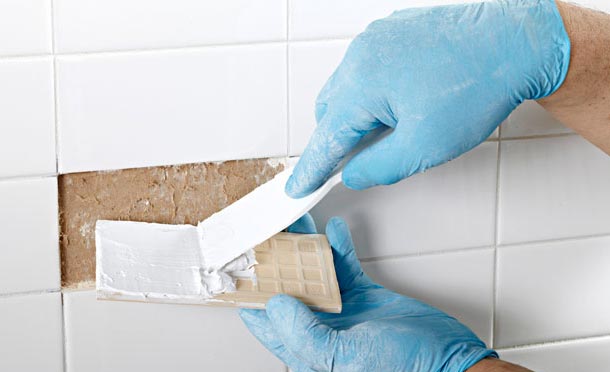
To attach fallen tiles, you will need compounds that provide adhesion when applied in a thin layer: Moment Installation, synthetic sealant, “liquid nails”, etc. If you are laying over a large area, you can use tile adhesive:
- The glue is applied to the tiles and the wall.
- The tile is applied to the wall and held until the glue sets.
- If several tiles come off, move on to the next one, proceeding in the same way.
- Special crosses are inserted between the finishing elements to ensure an even seam. Instead of crosses, it is quite possible to use ordinary matches.
Grouting (jointing)
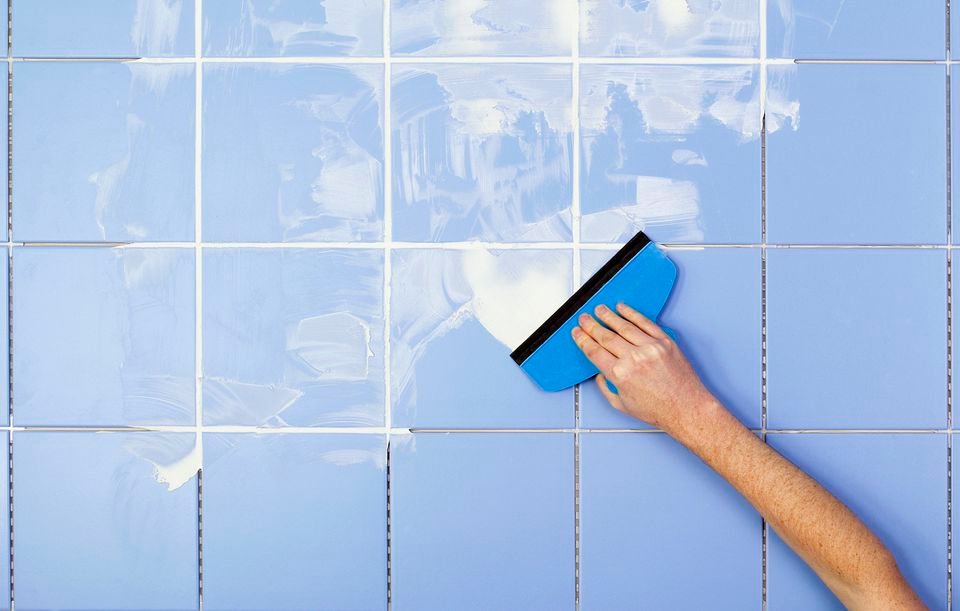
When you have refilled the wall with tiles, proceed to completing the repair work - grouting or jointing.
When buying a fugue, keep in mind that you will need it to update all the seams on the wall. Otherwise, the restored area will stand out from the general background.
- Check the strength of the old fugue. If necessary, remove it in areas where it does not adhere firmly.
- Dilute a small amount of fugue. Apply it to the tiles using a rubber spatula.
- After 20–30 minutes, go over the seams with a damp sponge, rubbing the fugue.
- Wipe down the tiles for final cleaning.
If you follow these simple rules, you will be able to restore the tiled finish on the walls. Good luck!





